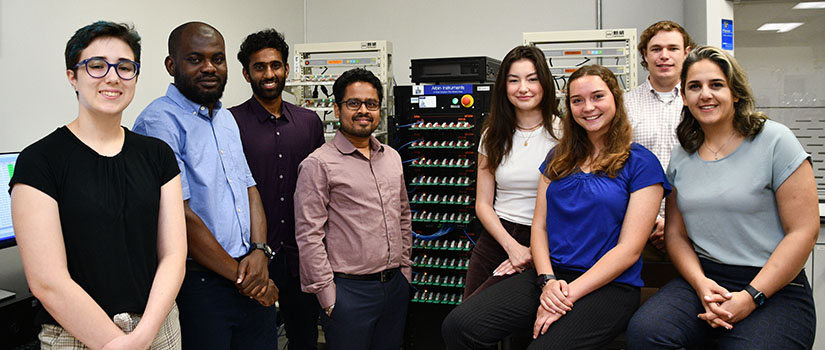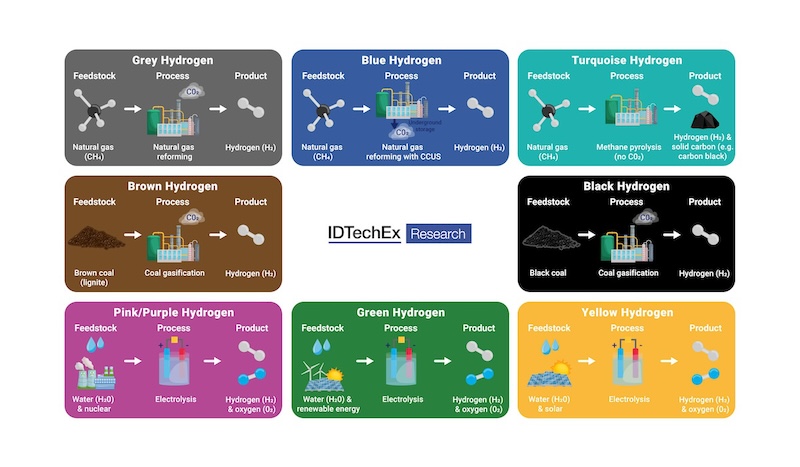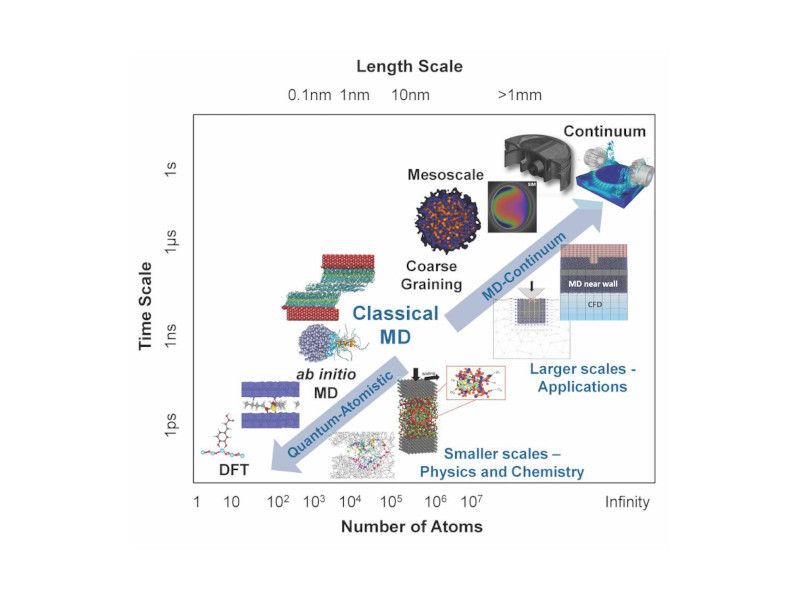The United States, for years the leader in providing a college education to foreign students, is finding that fewer are taking advantage of the opportunity, opting instead to receive their education either in their home countries or in other countries.ects.
In “Recapturing the Best and Brightest (LAR-479e),”MAPI attorney and report author Jane E. Wishneff discusses why and to what extent the U.S. relies on talent in the science and engineering fields from abroad and analyzes the recent drop-off in foreign student admissions at American colleges and universities.
After a steady growth of international students enrolling in American institutions during the past 50 years, the U.S. saw its first decline in 2003.
“Unfortunately, the American educational system does not produce enough talent in the S&E fields to meet the need for high-skilled workers in the manufacturing sector,” Wishneff writes.ctorates in mathematics, computer sciences and agricultural sciences were earned by foreign-born students.
Among the factors for the decline, the report cites: the fallout from the terrorist attacks of September 11, 2001 and the resulting stricter visa application policies; foreign countries highlighting the advantages of staying home, including the attraction of lower tuition rates and costs of living; competition from third countries such as Australia and England; and limited interest in S&E majors by American undergraduate students. Approximately 30% of students entering college intend to major in science, and engineering and those disciplines have a low retention rate.
In particular, the decline impacts the manufacturing sector, as it employed 59% of all full-time scientists and engineers performing industrial research and development in January 2001 and 56% at the beginning of 2004.
The good news is that the downward trend is showing some reversal at the graduate level.
“This should cause concern for the United States and, in particular, the business community,” Wishneff said.



